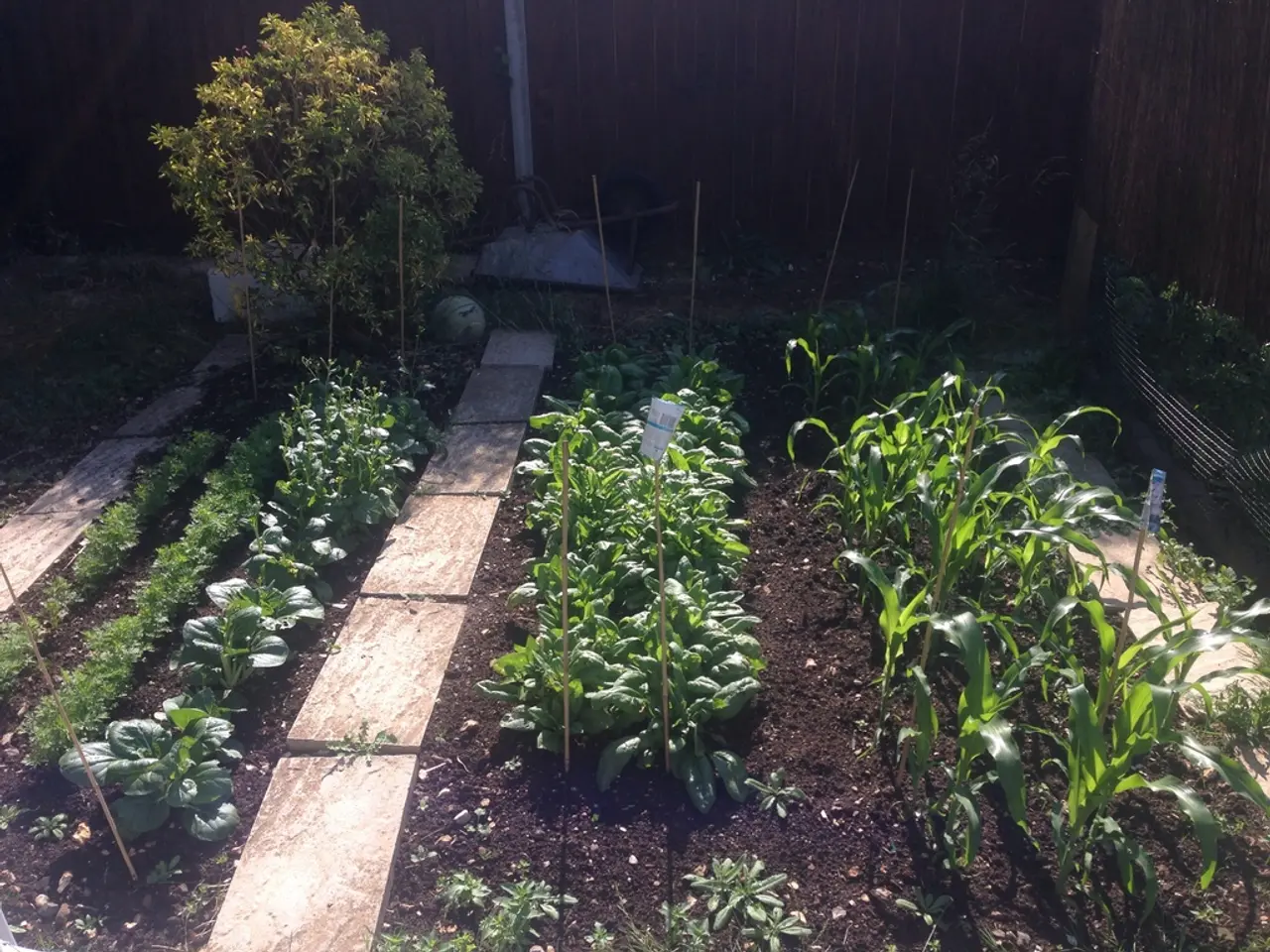Guide for Cultivating and Maintaining Dusty Miller in Your Outdoor Space
The botanical name for Dusty Miller is Senecio cineraria, a versatile perennial in warm climates that transforms into an annual in colder zones [1]. Known for its silvery-gray foliage, Dusty Miller is a popular choice for gardeners seeking a unique addition to their beds and containers.
Dusty Miller thrives best in well-drained soil and prefers full sun, although it can tolerate partial shade [2]. To propagate this plant, stem cuttings are the way to go. Simply cut a few inches of stem in spring, remove the lower leaves, and set the top in moist potting mix. Keep it moist and warm for several weeks until new leaves begin to grow and roots form [3].
If you're planning to keep Dusty Miller year after year, it's important to transfer it to a larger container when roots start emerging from the drainage holes. One pot should be sufficient for a season in containers [4].
When it comes to companion plants, Dusty Miller pairs beautifully with colorful, sun-loving plants that share similar growing conditions. Top choices include Hosta, Zinnia, Creeping Phlox, Coral Bells (Heuchera), Penstemon, Cleome, and Portulaca. These plants complement Dusty Miller's silvery-gray foliage and thrive in full sun with well-drained soil, helping to prevent Dusty Miller from wilting or stunted growth [1].
For a more vibrant garden, combine Dusty Miller with flowering plants such as marigolds, petunias, geraniums, salvia, verbenas, and lantana. These plants create a colourful, balanced garden [4][5]. Pairing Dusty Miller with plants that attract pollinators and beneficial insects, like zinnia, can boost overall garden health and visual appeal [1][3].
Dusty Miller is hardy in zones 8 to 10 and comes in several varieties, including "Silver Dust", "Cirrus", and "Silver Lace". "Silver Lace" leaves are airy, light, and very lacy. "Silver Dust" has deeply lobed leaves and grows a little shorter than other varieties [6].
This light feeder doesn't require frequent fertilizing. However, it does need soil that drains very well and can grow in poor soils but prefers moderately rich soil [2]. Pinch back dusty miller stems during the growing season for bushier growth [7].
To prevent root rot, avoid standing water. Dusty Miller tolerates drought well and doesn't typically suffer from major diseases or pest infestations [8]. It grows in clumps and spreads a little but rarely more than 2 feet (61 cm) wide [4].
When to plant Dusty Miller is in the spring. It grows best in full sun but will grow in partial shade [2]. In North America, it is hardy in zones 8 through 10 [6]. Remove flowers to keep focus on the foliage [7].
In conclusion, Dusty Miller is a low-maintenance, versatile plant that adds a touch of silver to any garden. With its wide range of companion plants, it's easy to create a stunning, balanced garden that thrives in full sun with well-drained soil.
[1] Gardening Know How [2] Gardener's World [3] The Spruce [4] HGTV [5] Bhg [6] Monrovia [7] Garden Myths [8] Bob Vila




